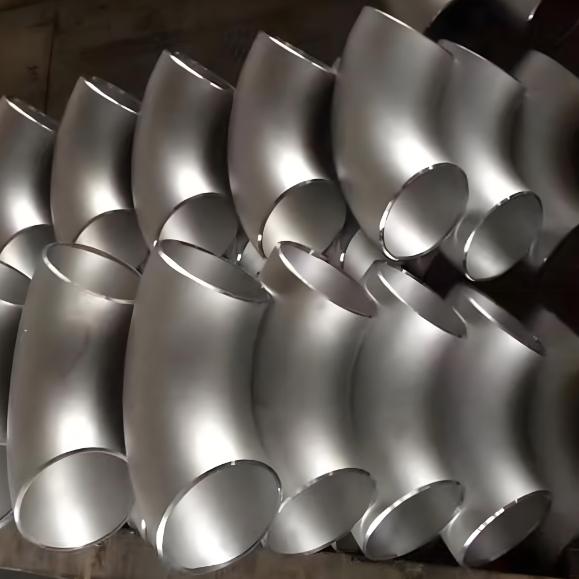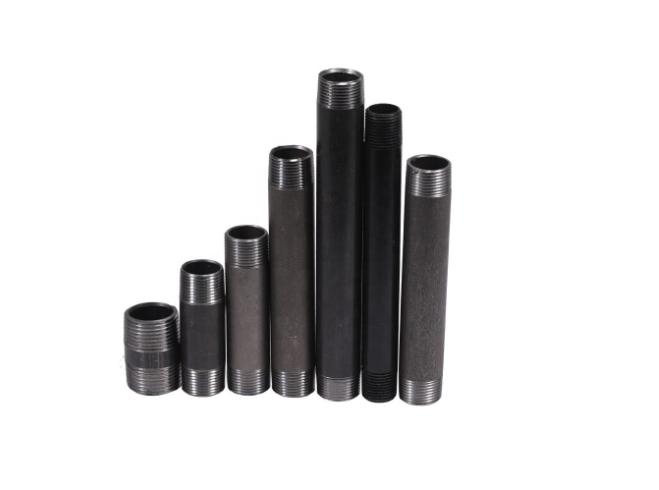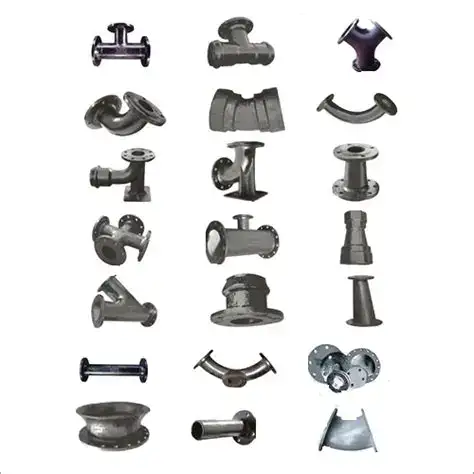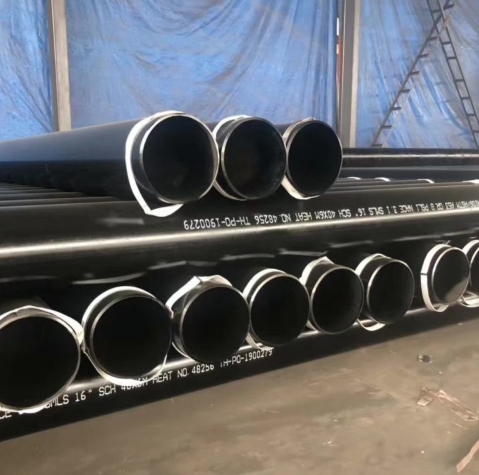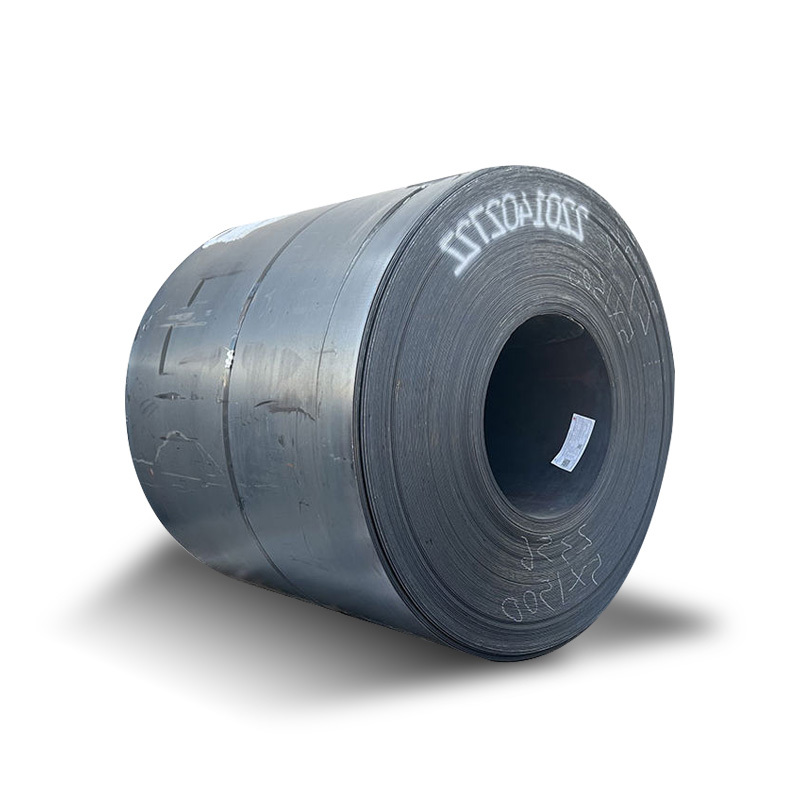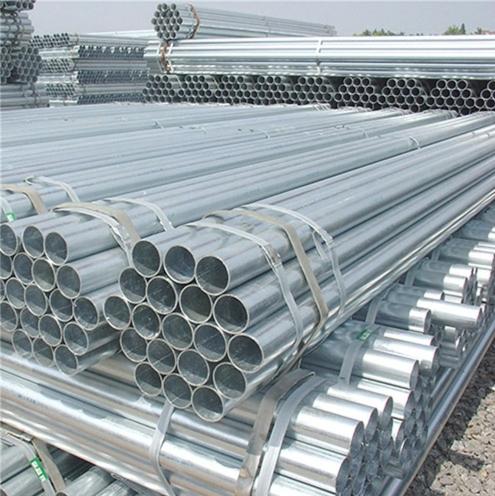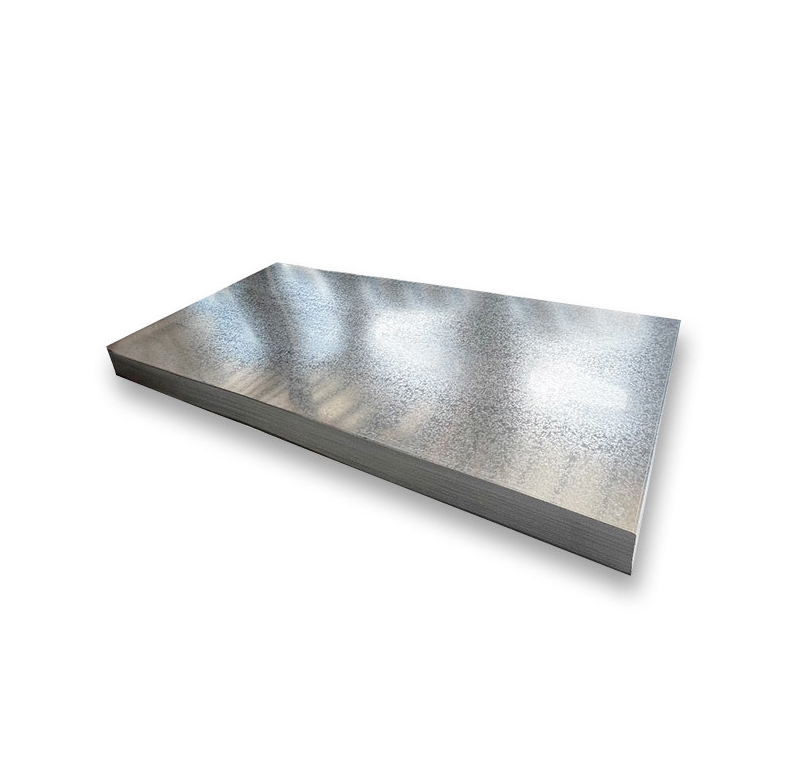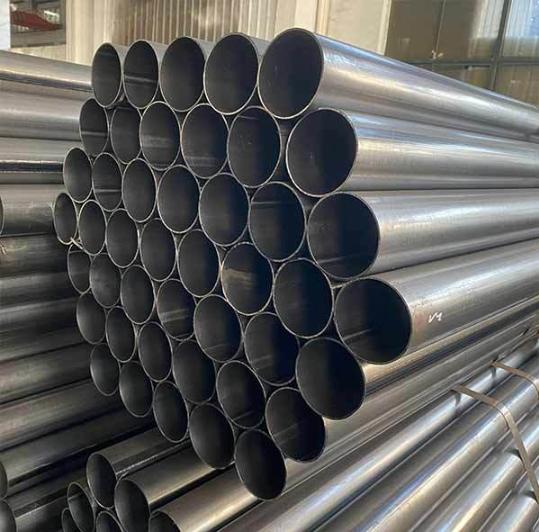What Are Carbon Steel Pipe Fittings?
Carbon steel pipe fittings are an essential component of many industrial and residential piping systems. These fittings are designed to connect different pipe sections securely and are known for their strength, durability, and cost-effectiveness. Typically used in a variety of applications, from construction and plumbing to oil and gas transportation, carbon steel fittings play a crucial role in ensuring safe, effective fluid and gas movement through pipes.
This article will dive into the core characteristics, benefits, and applications of carbon steel pipe fittings, offering a comprehensive guide for selecting the right fittings for your needs.
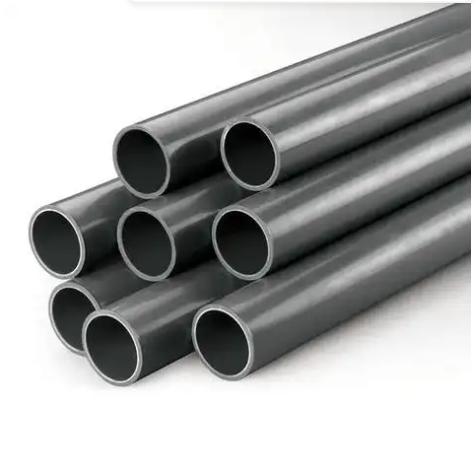
What Are the Main Types of Carbon Steel Pipe Fittings?
1. Elbow Fittings
Elbow fittings are among the most commonly used carbon steel pipe fittings. These fittings allow for a change in direction of the pipeline, either at a 45-degree or 90-degree angle. Elbows come in two types:
-
Long Radius Elbow: Provides smooth flow and is ideal for systems where fluid velocity is important.
-
Short Radius Elbow: Used in tight spaces and for systems with limited room for installation.
2. Tee Fittings
Tee fittings allow for the connection of three pipe sections, creating a “T” shape. These fittings are used when you need to branch off from the main pipeline to supply fluid to another section.
3. Couplings
Carbon steel couplings are designed to join two pipes of the same size. These fittings are available in both threaded and welded types, allowing for easy connection or disconnection of pipe sections.
4. Reducers
Carbon steel reducers are used to change the size of the pipeline. These fittings help connect larger pipes to smaller pipes without compromising the flow of materials. There are two main types:
-
Concentric Reducer: Both ends are aligned at the center.
-
Eccentric Reducer: The ends are offset to allow for horizontal installations.
The Benefits of Using Carbon Steel Pipe Fittings
1. Durability and Strength
One of the key benefits of carbon steel pipe fittings is their high tensile strength. Carbon steel fittings can withstand high pressures and are ideal for systems that need to carry fluids or gases at high pressures. The material itself is strong enough to resist mechanical wear and tear, which makes these fittings suitable for demanding environments.
2. Cost-Effective
Compared to other materials like stainless steel, carbon steel pipe fittings are much more affordable. Their cost-effectiveness is one of the main reasons why they are used in large-scale infrastructure projects and industrial applications.
3. Corrosion Resistance
While carbon steel is not as resistant to corrosion as stainless steel, it does provide moderate corrosion resistance, especially when used in indoor environments or with materials that are not highly corrosive. For additional protection, carbon steel fittings can be coated with protective layers such as galvanization or painting.
4. Versatility in Applications
Carbon steel pipe fittings are widely used in many industries:
-
Construction: In plumbing and HVAC systems, where strength and cost-efficiency are key.
-
Oil and Gas: For transporting high-pressure materials.
-
Water Systems: Often used in water supply networks and irrigation systems.
How to Choose the Right Carbon Steel Pipe Fittings
1. Know the Application Requirements
Understanding the specific application for your carbon steel pipe fittings is crucial. Are you installing a water system, or will the pipes carry oil or gas under high pressure? Different applications will require different specifications in terms of strength, pressure ratings, and corrosion resistance.
2. Select the Correct Fitting Type
Choose the type of fitting that suits your needs:
-
Use elbow fittings to change direction.
-
Choose tee fittings for branching pipelines.
-
For joining pipes of the same size, couplings are the go-to option.
-
Use reducers when you need to connect pipes of different sizes.
3. Consider the Pressure Rating
It’s essential to match the pressure rating of the fitting with the pressure of the fluid or gas being transported. Ensure that your carbon steel pipe fittings can handle the pressure requirements of your system to avoid leaks or failures.
Common Mistakes to Avoid When Using Carbon Steel Pipe Fittings
⚠️ Attention: Avoid These Pitfalls!
-
Incorrect Threading: Mismatched threads between the pipe and the fitting can lead to leaks and unsafe conditions.
-
Using the Wrong Type of Fitting: Ensure that the fitting you choose matches the purpose of the installation. For instance, don’t use a straight connector where a tee or elbow is required.
-
Failing to Seal Properly: Always use proper thread sealants or gaskets to ensure a leak-proof connection.
Carbon Steel Pipe Fittings vs. Other Materials
Carbon Steel vs. Stainless Steel Pipe Fittings
| Feature | Carbon Steel Pipe Fittings | Stainless Steel Pipe Fittings |
|---|---|---|
| Cost | More affordable | More expensive |
| Corrosion Resistance | Moderate (can be treated) | High (naturally corrosion-resistant) |
| Strength | High, but lower than stainless steel | Superior strength and durability |
| Applications | General use, construction | Marine, chemical, food industries |
Carbon steel pipe fittings are a more budget-friendly option compared to stainless steel fittings, but stainless steel is superior in environments where corrosion resistance and long-term durability are critical, such as in marine or food industries.
Step-by-Step Guide to Installing Carbon Steel Pipe Fittings
Installing carbon steel pipe fittings is a relatively simple process, but it requires attention to detail to ensure a secure and leak-free connection. Here’s a step-by-step guide:
Step 1: Choose the Correct Fittings
Determine the correct fitting type based on your system’s needs (e.g., elbow, tee, coupling).
Step 2: Measure Pipe Size
Ensure the pipe and fitting sizes match. This is critical for ensuring a proper fit and avoiding leaks.
Step 3: Prepare the Pipes
Clean the pipe ends and ensure they are free from debris. A clean, smooth surface will help create a secure connection.
Step 4: Thread the Fittings
If you are using threaded fittings, apply Teflon tape or thread sealant to the threads before screwing the fittings onto the pipe. This will prevent leaks.
Step 5: Tighten the Fittings
Use a wrench to tighten the fittings securely, but be careful not to overtighten, as this can damage the threads and lead to leaks.
Conclusion
Carbon steel pipe fittings are a reliable, cost-effective solution for a wide range of piping systems. Their durability, versatility, and affordability make them ideal for industries such as construction, oil and gas, and water systems. By understanding their features, benefits, and the common mistakes to avoid, you can make informed decisions when selecting carbon steel pipe fittings for your next project.
Practical Checklist for Choosing Carbon Steel Pipe Fittings
Before purchasing carbon steel pipe fittings, use this checklist to ensure that you select the right products for your needs:
-
✅ Determine the Type of Fitting: Elbow, tee, coupling, or reducer.
-
✅ Check the Pipe Size and Thread Type: Ensure compatibility between the pipe and fitting.
-
✅ Consider the Application: Match the fitting to the material and pressure of the fluid being transported.
-
✅ Verify Pressure Ratings: Ensure the fitting can handle the pressure requirements.
-
✅ Use Thread Sealant: Apply thread sealant or Teflon tape to avoid leaks.
By following these steps and ensuring that you choose the right carbon steel pipe fittings, you can enhance the safety and efficiency of your piping system.


